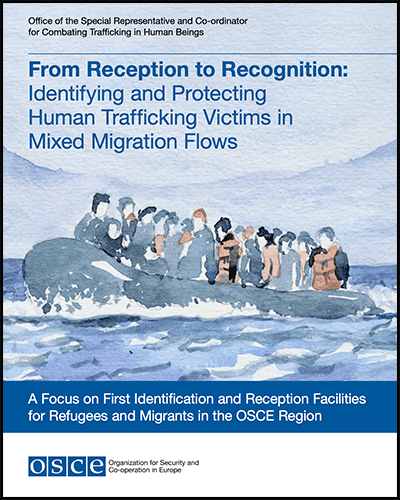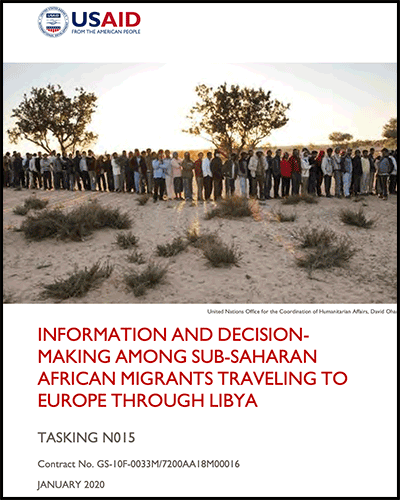Worker-Driven Social Responsibility: Exploring a New Model for Tackling Labour Abuse in Supply Chains
This scoping research explores ‘worker-driven social responsibility’ (WSR) as a tool for ensuring decent work in supply chains. WSR is an exciting new model for tackling labour abuse in supply chains that has demonstrably improved working conditions in a range of contexts. It is similar to collective bargaining in that it involves a group of workers jointly negotiating their rights, with the difference that it targets companies at the top of supply chains instead of direct employers. The report discusses why new models for addressing labour abuse in supply chains are needed and whether the WSR model could be suitable to the UK, especially to sectors where outsourcing is common.

























